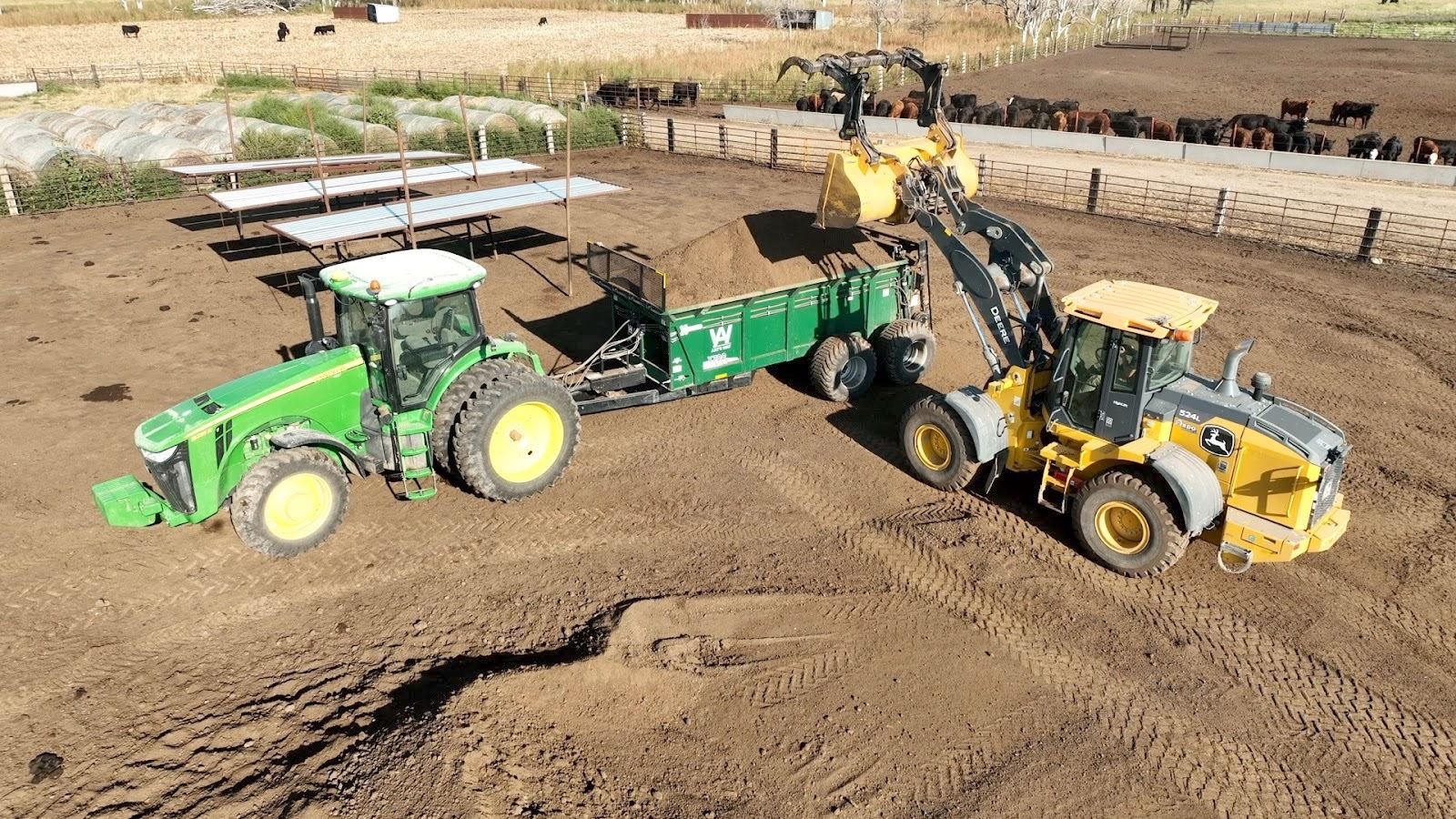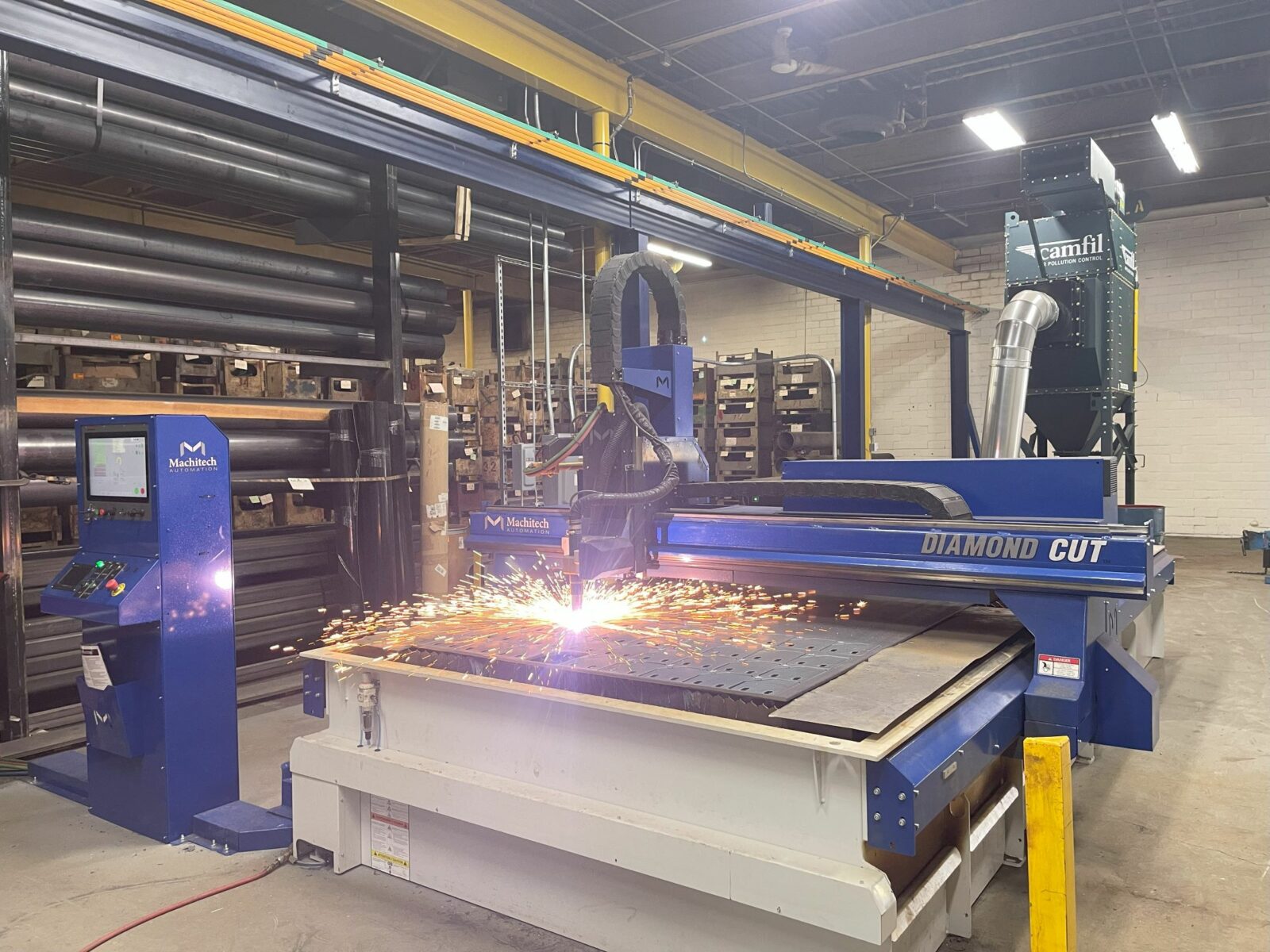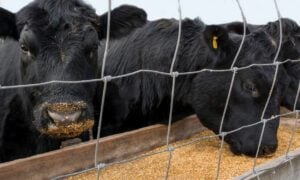Soil compaction is often a major concern for many farmers as they make the risky decision to start working the field or not during the rainy spring. In order take steps to avoid soil compaction, it is first important to understand its causes and effects.
Causes of Soil Compaction
As farming equipment has increased in size and weight over the years, the University of Minnesota (U of M) stated that “Wheel traffic is without a doubt the major cause of soil compaction.” This increased pressure forces soil particles together so there is less space in between for water and air to flow. Add moisture into the mix and this process only intensifies making the soil very dense.
Effects of Soil Compaction
So why is compaction such a big concern? Overall, it can cause significant decreases in crop yields. In fact, according to the U of M, “By the end of the season, corn may be 6 inches to 2 feet shorter on compacted soil than on non-compacted soil,” due to several factors such as:
- Root systems are often shorter in compacted fields because they cannot penetrate the density. This means they are not able to absorb all the proper nutrients, and the lack of aeration can remove nutrients from the soil. Fertilizing fields can help with this problem. For more information on manure vs fertilizer, read our previous blog.
- Root systems are more vulnerable to drought and disease.
- Lack of soil microbes which promote a strong, healthy structure.
- Increases surface runoff
Steps to Avoid Soil Compaction
The main way to prevent compaction is to avoid working wet land. However, this is not always an option due to economic consequences. The next best step to take is using the proper tires. Flotation tires help evenly spread the weight out over a larger surface. According to one study from the U of M, plant height was reduced by 21% from road tire compaction compared to only an 11% reduction when flotation tires were used.


Photo courtesy of University of Minnesota
Our new High Dump 9016-HD, along with our X-Series Manure Spreaders and Forage Boxes, comes with large flotation tires to put farmers at ease. The 9016-HD and X-Series also have a larger capacity to reduce the number of trips which is especially important as “70-90% of the total plow layer compaction occurs on the first trip across the field” (University of Minnesota). Since this number is so high, reducing traffic is a high priority. Using the same wheel tracks and the 9016-HD’s two-wheel cart option are other ways to control field traffic. The axle position and tongue weight distribute weight over the tractor and high dump to further lessen the effects of compaction.
Learn more about our new High Dump or visit our product page to see our full line of products. If you are interested in buying equipment, find your dealer or call the customer service department at 712.208.8467











